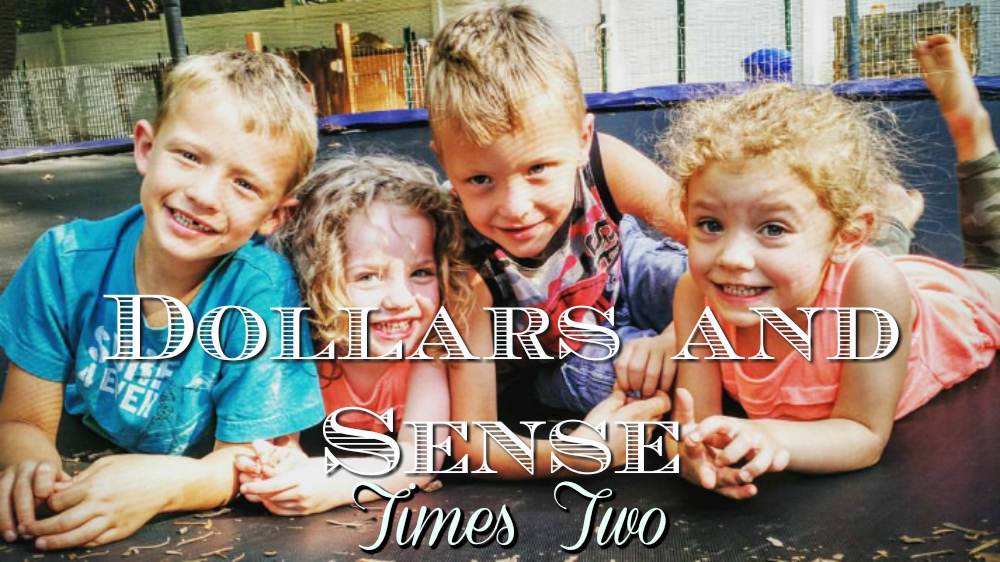
Let’s talk about the Pennsylvanian Dutch. It’s important not to paint the Pennsylvanian Germans with a broad brush. Today, most people generalize but there are two main distinctions. For sake of simplicity, we will call them plain and fancy Dutch.
The plain Dutch refers to the plain people of Pennsylvania, who are primarily Anabaptists and not Dutch at all. They are Amish, Mennonites, River Brethren, Dunkards, etc…many of whom limit the use of technology in their homes and lives. The Amish are of Swiss and Alsatian origin. The Mennonites are from Frisland (now part of the Netherlands). Let’s be clear, the plain Dutch do not use hex signs on their homes or barns.
The fancy Dutch are the German Lutherans, German Reformed, etc… Many Pennsylvanians are descendants of settlers from the Palatinate Region of Germany who were traditionally affiliated with the Lutheran Church and United Church of Christ (UCC). Although they share a common language with the plain Dutch (Pennsilfaanisch Deitsch), the groups are very different.
The use of Pennsylvania German as a street language in urban areas of Pennsylvania (such as Allentown, Reading, Lancaster and York) was declining by the arrival of the 20th century, while in more rural areas it continued in widespread use through the World War II era. Since that time, its use has greatly declined. The exception to this decline is in the context of the Old Order Amish & Mennonite communities, and presently the members of these two groups make up the majority of Pennsylvania German speakers. My high school boyfriend’s Grandfather did not speak English at home until he went to school. They were German Lutherans. I don’t know any young person (under 50) who speaks the dialect unless they originate from a plain community. I have a fancy Dutch ancestor. My great great grandfather was Solomon Obenhaus, who fought for the 17th Pennsylvania Cavalry in the Civil War.
Back to hex signs.. Here is one of the best references online about the symbolism of hex signs. When I served in Iraq, I made a protection hex sign to hang over my bunk. To make it, I just used some examples of protective symbols found in hex symbology and colors that were also associated with protection. I made a few extras for fellow Pennsylvanians as gifts. I am happy to say, that we all made it home from Iraq unscathed. Another PA German protection belief would have been to carry a himmelsbrief with me to Iraq (part of the Pennsylvania Dutch Pow Wow tradition), which is a letter of protection which includes blessing and bibles verses. I’ll do a bit about Pennsylvania Pow Wow (Christian healing practices of the Pennsylvanian Germans at a later date).
Today, most hex signs are purely decorative. They are a part of our folk history and are seeing some revival today. There are contemporary “hexologists” such as Jacob Zook or Johnny Claypoole. Traditional hexen are painted directly on the barn surface, and use a minimal number of colors, typically black and white against the red of the barn. The painter used a compass made from a nail, string and pencil to inscribe large circles and arcs. Modern hexen are painted on plywood circles and mounted with screws. They can also be painted on smaller circles for display in the house, and sometimes are used to adorn hope chests, baby cradles or boxes — decorative or functional.
Here are some of the examples we saw on our tour:
- Traditional Amish horse buggy passes an Amish barn with hex sign Mascot, PA
These are fairly typical. In the yellow barn the geometric star seems to be more protective in origin. The red barn has an interesting hexen second from left; a rosette which can symbolize good luck, success and happiness.
Here are some more photos:
For more interesting hex sign examples please check out the following slide show.
We made a stop at the Rodale Institute Learning Center to stretch our legs and then it was back in the car to head home.


If you are in Eastern Pennsylvania and want to do the trail, here is our route:










Very interesting! I’ve never travelled in that area, and so have never seen those hex signs first hand. Around here, occasionally you will see a large quilt square painted on a barn or house, but that’s it. I love seeing what other areas look like.
As you must be in Ohio for the quilt squares or the Midwest?
I am in Oregon, actually, in the Willamette Valley (think: end of the Oregon Trail). In recent years, these quilt squares have cropped up on barns, houses, etc. They are very beautiful and I love it when I find a house or barn with one on it.
That’s awesome! They are popular in Ohio, too!
Hi meant to respond to this awhile ago, but one of your facts is off. Not sure who your source was. Mennonites are Swiss, the Amish broke off the Mennonites. The name however did come from a Dutch man, Menno Simmons, who was , I guess you could say, a unifier of the thought behind the movement.
Thank you! I was hoping you would respond and catch any errors?
Hi, it’s just summer, so I guess not writing and reading as much, or I would have written sooner. Also, not an earth shattering thing to write back about, anyway 🙂 We have a lot of barn quilts around here. In fact we have them on all our barns. We put up the most recent one on our 1895 barn. They say that the barn quilt trend is actually preserving barns as if you go to the trouble of putting up a quilt the owner usually paints up and does any repairs first because you are going to be getting… Read more »
I didn’t know that! That’s pretty interesting.id love a homemaker’s group!
Gabrielle, check with your county extension office for Home and community education.